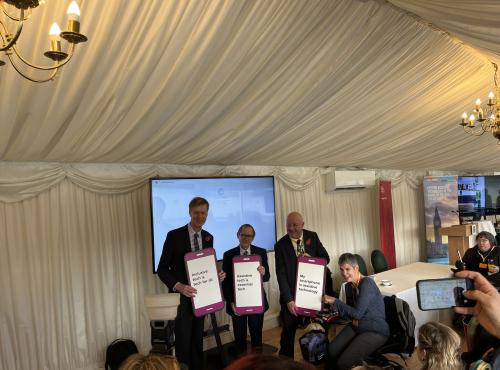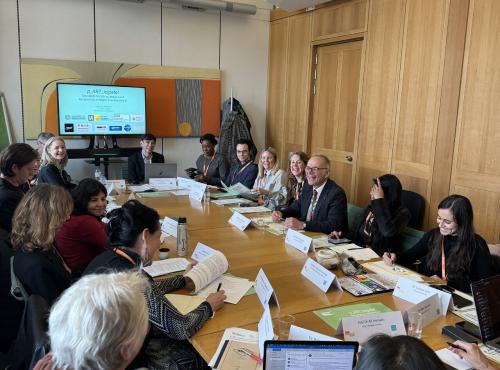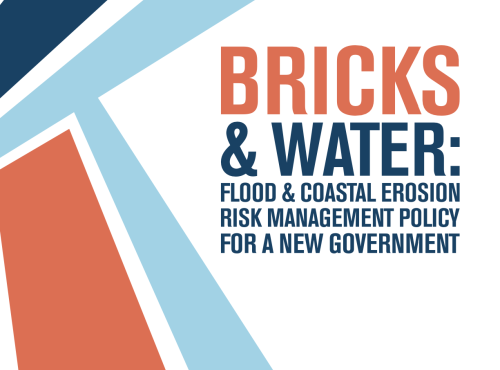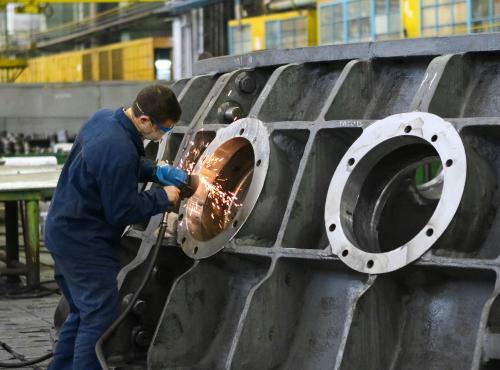The devastating effects of carbon monoxide poisoning demand the incoming health secretary’s attention
What springs to mind when thinking about healthcare? In setting simple priorities for healthcare, policymakers may skirt over the complex and clouded picture of individuals’ environments, missing the root of many people’s ill health.
There has been little political attention to the environmental health burden of carbon monoxide poisoning. Posing a risk of rapid fatality, carbon monoxide poisoning can be misconceived as a question of life or death, affecting relatively few people.
The considerable body of medical research referenced in Policy Connect’s 2017 Saving Lives, Advancing Treatment report, however, highlights the devastating effects of carbon monoxide exposure on health. These range from stillbirths and developmental defects due to prenatal exposure, to problems with cognition and an inability to work in later life.
The task of tackling individuals’ environments is complex – to name a few issues, there are many airborne pollutants to address, they have ranging effects on health, and their risk across different indoor spaces and to different population groups varies. So, when it comes to prioritising action, official figures of A&E attendances and deaths attributed to carbon monoxide poisoning – severely limited by lacking diagnosis – can mean policymakers’ attention shifts elsewhere.
This inattention trickles through the system – healthcare professionals presented with a patient with a common symptom such as headache often do not consider carbon monoxide poisoning, resulting in patients going unaddressed and returning to potentially hazardous homes.
How can government lead action on carbon monoxide?
Responsibility for indoor air pollution is spread across several policy areas, including housing, energy, and the environment – a potential driver of political inaction. Single ministerial leadership will be essential for concerted, long-term action.
Though the environment secretary leads on air quality, the basic lack of recognition of the health effects of carbon monoxide poisoning, the likely scale of the public health burden, and the preventable strain on NHS resources suggest action must begin with the health secretary.
By publicly recognising and communicating the alarming health effects of carbon monoxide poisoning, the incoming health secretary can build greater awareness and help healthcare professionals to better diagnose carbon monoxide exposure.
The health secretary can then spur essential cross-government action to better assess and address carbon monoxide and the broader issue of indoor air pollution – from the environment secretary coordinating monitoring of pollution levels in public buildings, to the pensions secretary instigating action on indoor air pollution in the workplace.
Tackling carbon monoxide exposure is an obscure, but critical, public health challenge. If the next government wants to achieve a gear shift in health outcomes, the health secretary must root out environmental determinants of health.



